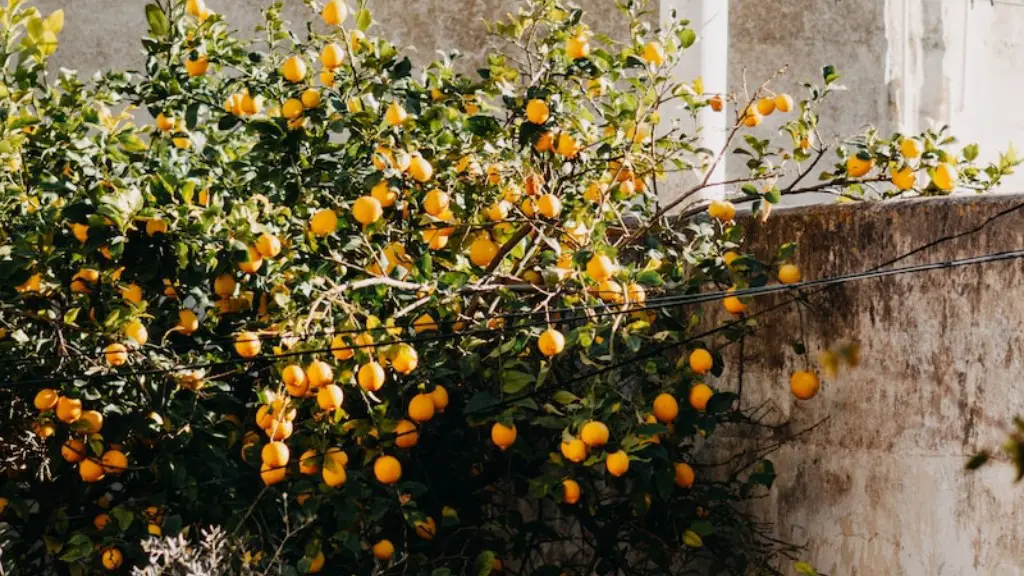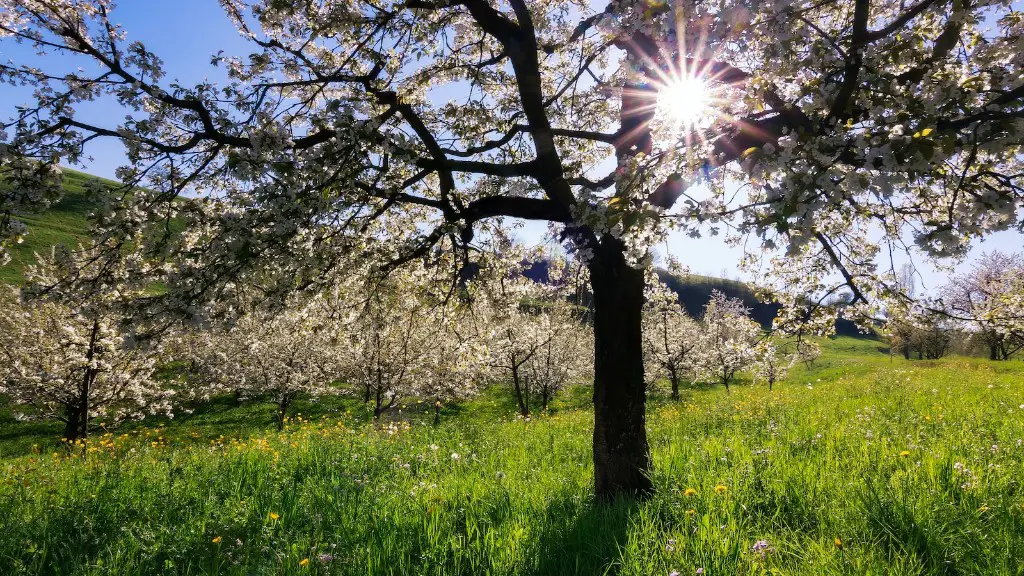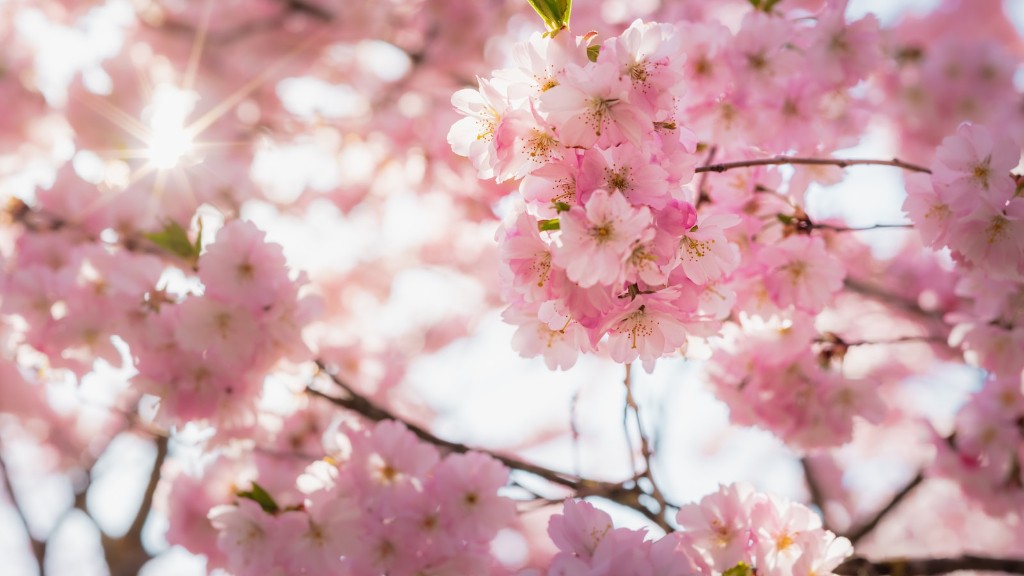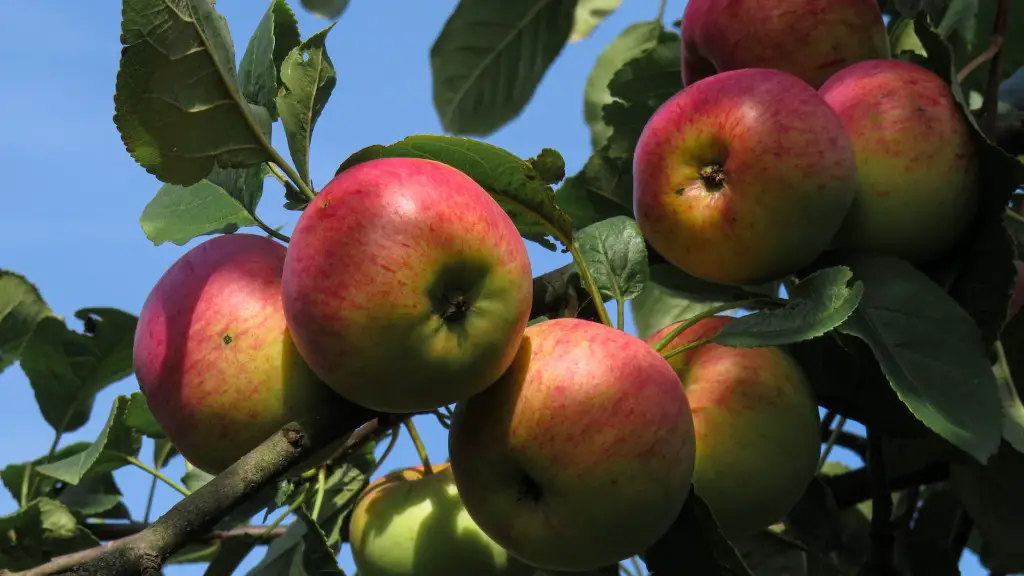Making a bonsai lemon tree is a fun and easy project to do at home. It requires a few basic supplies such as soil, pots, lemon tree seeds, and a few gardening tools. Bonsai lemon trees are an excellent way to add a unique, lush look to any outdoor space. Here are the steps to follow for a successful bonsai lemon tree.
First, prepare the pot. Make sure to choose a pot with ample space for the lemon tree’s root system. Fill the pot with a mix of well-draining soil, such as a soil-less potting mix. Also, use a pot with a hole for drainage.
Next, plant the seeds. Use a pair of tweezers to carefully pick up the seeds and place them at least 1 inch apart in the soil. Cover with a thin layer of soil. Water the seeds gently, making sure not to disturb them.
Then, place the pot in a sunny spot. Bonsai lemon trees need at least six hours of full sunlight a day. Keep the soil moist, but not overly wet. Also, keep in mind that bonsai lemon trees should never be near a window or in constantly moist soil.
Later, when the seedlings are 3–4 inches tall, it is time to prune the top of the tree. This is done by trimming off any foliage that is above the desired height. Take care not to prune too much away, since this could harm the plant.
Fourthly, when the pruned seedlings are about a foot tall, begin training them into a more artistic shape. Use thin wire or chopsticks to shape the branches into a desired shape. The trunk should also be trained at this stage.
Finally, to complete the bonsai lemon tree care, fertilize it twice a month, particularly during the growing season. This can be done with liquid or granular fertilizers, as long as they are specifically designed for bonsai trees.
Fertilizers
When fertilizing bonsai lemon trees, it’s important to choose a fertilizer specifically designed for bonsais. This type of fertilizer contains all the nutrients that bonsais need to thrive. Fertilizers labeled as “complete” are ideal, as they contain all the nutrients in the right proportions.
Wood ashes and manure are also beneficial for bonsai lemon trees. Wood ashes act as a mild fertilizer and help to balance the pH levels, while manure serves as both a fertilizer and a soil conditioner. Manure also helps to keep the soil loose, so the roots can easily absorb water and nutrients.
Compost is another great choice for bonsai lemon trees. Compost can be made from a variety of materials, including grass clippings, straw, kitchen scraps, leaves, and coffee grounds. It’s important to remember that compost can contain pathogens, so it should be made in a contained enclosure, such as a bin or container.
Fish emulsion is also beneficial for bonsai lemon trees. Fish emulsion is made from raw fish parts, and it is high in nitrogen, which is vital for plant growth. Use fish emulsion in combination with other fertilizers for best results.
Finally, seaweed extracts can also be used to fertilize bonsai lemon trees. Seaweed extracts are rich in minerals, and they can help to promote healthy root growth and abundant foliage. Seaweed extracts can be applied directly to the soil or diluted in water and used as a foliar spray.
Maintenance
Maintaining bonsai lemon trees is relatively easy. Keep the soil moist, but never allow it to become sopping wet. Also, remove any dead or diseased branches, as they can spread disease to other parts of the tree. Additionally, monitor the tree closely for insects and pests, as bonsais can be quite vulnerable to infestations.
Prune bonsais regularly to promote new growth. Always use clean and sharp pruning shears. When pruning, only remove branches that are necessary to shape the tree, and be careful not to take off too much of the foliage. Additionally, repot bonsais every two to three years to ensure that the plants stay healthy.
Trim roots as necessary, particularly when first planting bonsais. This helps to keep the roots from growing too quickly, which can stunt the tree’s growth. It’s also important to keep the trunk of the tree straight and well-supported. This can be done with a wire or chopstick.
Finally, feed bonsais with a bonsai-specific fertilizer. This helps to provide the tree with the essential nutrients it needs to thrive. Fertilize regularly, particularly during the spring and summer months. As a general rule, bonsais should be fertilized every two weeks during the growing season.
Light Requirements
Bonsai lemon trees need plenty of sunlight to thrive. They need at least six hours of full sunlight per day, preferably in the morning or early afternoon. If the tree is not getting enough sunlight, it can become leggy, with long branches and sparse foliage.
If the tree is in a pot, make sure to move it between two to four times per day to ensure that it is getting enough light from all angles. Try to avoid extreme temperatures, as bonsais are susceptible to damage from too much heat or cold.
Bonsai lemon trees can also be grown indoors, but it’s important to provide them with artificial light if they do not get enough sunlight from a window. Invest in a high-quality lamp that emits the full spectrum, or install LED grow lights that mimic natural sunlight.
It’s also important to keep bonsai lemon trees away from drafts and cold temperatures. A drafty spot, such as near an open window, can cause the tree to become weak and stunted. Too much cold can also cause the leaves to drop prematurely.
Pruning Techniques
When pruning bonsai lemon trees, it’s important to use the correct tools and techniques. Start by cleaning the tools, as bacteria can be transferred from one tree to another. It’s also important to use sharp tools, as dull tools can tear and damage the tree.
Finger pruning should be done first, using your hands to gently shape and twist the branches. This technique is particularly important for young trees, as it can help to promote thicker branches. Finger pruning is also useful for helping to control the overall shape of the tree.
When it comes time to cut branches, start by selecting the branch or branches that need to be removed. Make the cut above a node to promote healthy regrowth. Avoid leaving too much of a stub, as this can cause the tree to become weak and prone to disease.
It’s also important to prune with knowledge of the tree’s future growth. Consider how the tree will look in a few years and make sure to prune appropriately. Prune in moderation, as too much pruning can be damaging and can even cause the tree to die.
Watering
Watering bonsai lemon trees is essential for keeping them healthy. Check the soil daily, particularly in the summer months when the weather is hot and dry. Water thoroughly when the top inch of the soil is dry. Never let the soil become bone dry or too wet.
Make sure to use filtered or distilled water, as tap water often contains too much chlorine, which can be damaging to bonsais. For best results, use a container that is specifically designed for bonsais, or use a spray bottle to mist the foliage.
It’s also important to consider the environment when watering bonsai lemon trees. If the tree is outdoors, keep in mind the potential for heavy rain and stormy weather. Be sure to move the pot to a protected area if necessary.
Finally, never give a bonsai lemon tree more water than it needs. Too much water can cause the roots to become waterlogged and rot, leading to death. Follow the guidelines for watering bonsais and monitor the tree closely for signs of overwatering.




